Rising Vehicle Production Rates
The automotive airbag-fabric market experiences a notable boost due to the increasing production rates of vehicles in the US. As manufacturers ramp up output to meet consumer demand, the need for high-quality airbag fabrics intensifies. In 2025, vehicle production is projected to reach approximately 12 million units, which correlates with a heightened requirement for safety features, including airbags. This surge in production not only drives the demand for airbag fabrics but also encourages innovation in material technology, as manufacturers seek to enhance safety and performance. Consequently, the automotive airbag-fabric market is likely to witness substantial growth, as suppliers strive to meet the evolving needs of the automotive industry.
Advancements in Airbag Technology
The automotive airbag-fabric market is significantly impacted by advancements in airbag technology. Innovations such as multi-stage airbags and side-impact protection systems necessitate the development of specialized fabrics that can withstand varying deployment conditions. The market is projected to grow at a CAGR of 5.5% from 2025 to 2030, driven by these technological advancements. Manufacturers are increasingly investing in research and development to create fabrics that not only enhance safety but also reduce weight and improve deployment speed. This focus on technology is likely to propel the automotive airbag-fabric market forward, as companies strive to stay competitive in a rapidly evolving landscape.
Government Regulations and Standards
Government regulations and safety standards play a crucial role in shaping the automotive airbag-fabric market. In the US, regulatory bodies such as the National Highway Traffic Safety Administration (NHTSA) enforce stringent requirements for airbag performance and reliability. Compliance with these regulations necessitates the use of high-quality fabrics that can withstand rigorous testing. As regulations evolve, manufacturers are compelled to adapt their fabric offerings to meet new standards, thereby driving innovation and quality in the automotive airbag-fabric market. This regulatory environment not only ensures consumer safety but also fosters a competitive landscape among fabric suppliers.
Consumer Awareness of Safety Features
Consumer awareness regarding vehicle safety features has significantly influenced the automotive airbag-fabric market. As more individuals prioritize safety when purchasing vehicles, manufacturers are compelled to integrate advanced airbag systems, which rely on high-performance fabrics. Surveys indicate that over 70% of consumers consider safety features as a primary factor in their purchasing decisions. This trend has led to an increased focus on the development of innovative airbag fabrics that offer superior protection and reliability. As a result, the automotive airbag-fabric market is expected to expand, driven by the demand for fabrics that meet stringent safety standards and consumer expectations.
Growth of Electric and Autonomous Vehicles
The rise of electric and autonomous vehicles is poised to influence the automotive airbag-fabric market significantly. As these vehicles become more prevalent, manufacturers are exploring new airbag designs and deployment strategies that cater to unique safety requirements. For instance, the integration of advanced sensors and AI technology in autonomous vehicles necessitates the development of fabrics that can support complex airbag systems. This shift is expected to create new opportunities within the automotive airbag-fabric market, as suppliers innovate to meet the demands of this evolving sector. The market may see a transformation in fabric technology, aligning with the future of mobility.



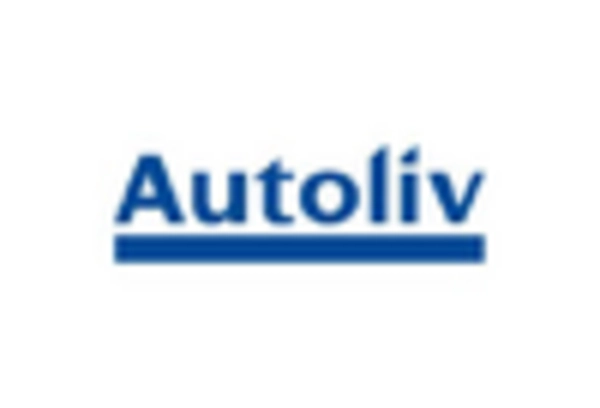
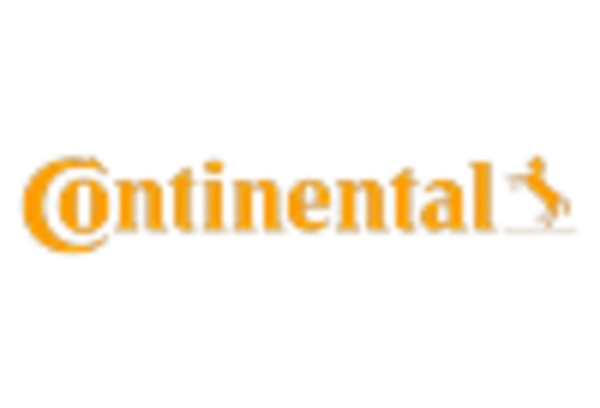
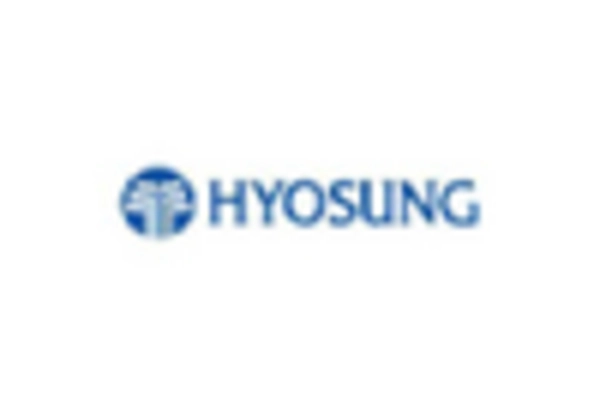
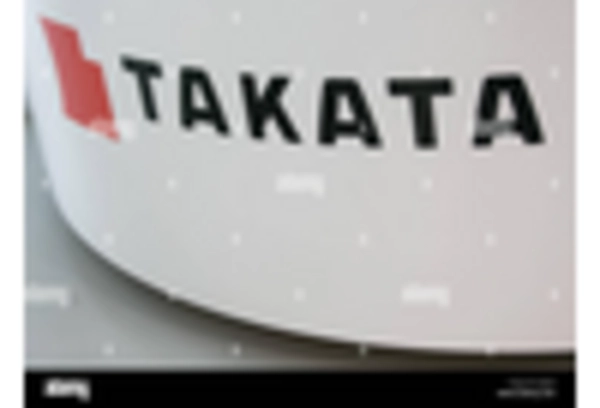
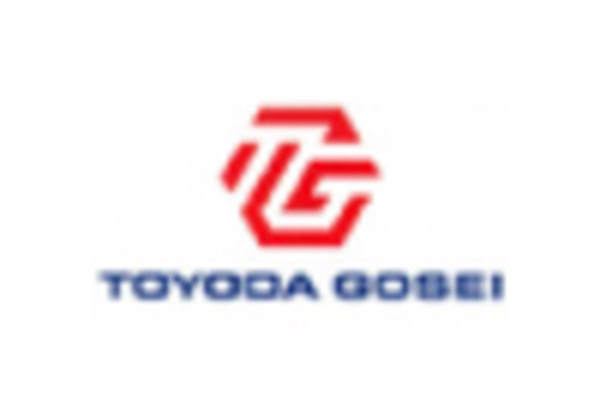
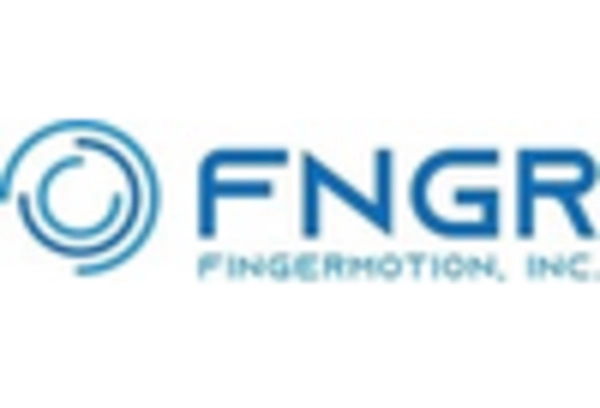








Leave a Comment